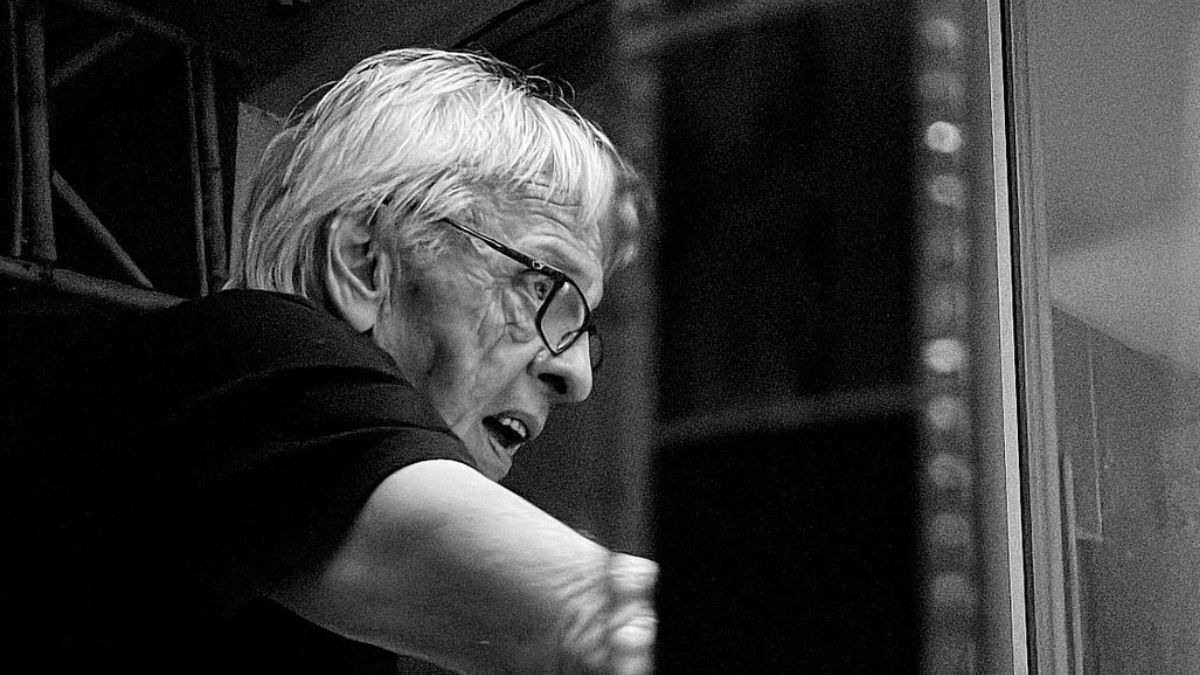Return of Reel: Welcoming film photography back

Film reels and cameras have sparked an interest among the younger generation, with photographers and cinematographers welcoming the revival with open arms. Photographic film market revenue was valued at $ 1.5 billion in 2024 and is estimated to reach $1.2 billion by 2033, growing at a compound annual growth rate of -2.2% from 2026 to 2033.
For Gen Z, it is more than a trend. In a world where photos are taken mindlessly and occupy space in our gallery, the art of analogue photography and developing them is nostalgic and a way of seeking a connection with the past. It also works as a medium to create the perfect “aesthetic” photos for their Instagram feed and Pinterest boards.
In conversation with Hellmuth Conz, a German analogue film photographer based in Bengaluru, he says, “Every good thing makes a comeback.”
The demand for analogue photography has opened film labs in metropolitan cities for the printing and processing of film. These businesses had suffered a loss during the launch of digital photography, but are now making a profit by staying in touch with the past.
Despite the costs, there are shops and sites online in India selling and repairing film cameras and developing film rolls, like Film Foto Store in Bengaluru, Chennai Photo Biennale in Chennai, Kerala Film Store in Kochi, and Zhenwei Film Lab in Mumbai. There are even film festivals like the Harkat 16mm film festival. It is a photochemical-only event that brings the analogue film community together annually.
The material is expensive, and the resources are limited, which is a key reason why analogue was taken over by digital in the first place. When asked about the affordability and accessibility of analogue film resources in India, Conz notes, “Demand in Europe is much higher, better, and cheaper in comparison to India”. He adds that he buys a 100 ISO roll for Rs 800 at wholesale price in Chennai or Delhi and sells it for the same price without profit because the markup seems unfair to him.
Film photographs have a way of making special moments come to life with grain and soft, ethereal light, which is hard to recreate digitally. “I think awareness of how to take a shot is 50 to 70% higher in analogue photography”, Conz shares. “It takes patience and discipline to wait for the film to develop. Digital has the option to edit it on a software”
When asked about the time-consuming nature of film photography, he replies, “People have become lazy and do not have the patience to wait for the film to develop”. He implies that great art takes time, and waiting is part of the wonder.
Even in cinema, film is making a comeback. Oppenheimer, Killers of the Flower Moon, and Sinners were shot on large-format film, while Euphoria Season 2 was shot on 35 mm film. “Film has always been larger than life”, says Marcell Rév, Euphoria’s cinematographer, in an interview with Kodak. “It also adds a structure to the filmmaking process that forces you to move with intention.”
Whether this trend stays or not will depend on the craftsmen behind the camera and their passion to keep the film rolling.
Entertainment